Nestled deep within one of the many bays of the Pearl River delta, a rare patch of mangrove forest can be found hidden between the towering skyscrapers on the Hong Kong–Shenzhen border. Egrets laze in the sun as small crabs scuttle at their feet, a mountainous skyline of construction cranes looming behind them.
Mangroves are small trees that grow along the coastlines of more than 100 countries in tropical and subtropical regions. They were once widespread on the Pearl River delta and around the inlets and islands of the neighbouring Hong Kong Special Administrative Region (SAR). Now there are only about 60 small patches remaining in Hong Kong – the largest is at Mai Po, at the head of Deep Bay (also known as Shenzhen Bay).
Protected by the Mai Po Nature Reserve, this mangrove forest and the surrounding mudflats has been designated as a Wetland of International Importance under the Ramsar Convention since 1995. It is part of a Hong Kong success story, albeit a limited one. After years of degradation, a recent survey conducted by Dr Stefano Cannicci from Hong Kong University’s Integrated Mangrove Ecology Lab found that mangroves are now making a recovery in the region.
A single mangrove colonises the muddy edges of Hong Kong’s Kam Tin River. A new channel for the river was constructed along Nam Sang Wai in 1997. To compensate for the disruption this caused to the area’s wetlands, and to strengthen the riverbanks, species of mangrove were planted along the channel. (Image:
Katherine Cheng / China Dialogue)
This goes against the general trend. Over the past 50 years, 50% of the world’s mangroves have been lost. This is due to a combination of factors, including coastal reclamation, urbanisation, unsustainable aquaculture practices and pollution.
A decade ago, the rate of loss was between 1% and 2% every year. Things have improved slightly since then – the rate is now between 0.3% and 0.6% a year – thanks to stronger recognition of the ecological benefits of mangroves and expanded management and protection. But Associate Professor Daniel Friess from the National University of Singapore cautions against being overly optimistic, telling Science Daily that “conservation gains are not evenly spread, nor guaranteed in the future”.
This caution should apply to Hong Kong as well. With space limited, urban development looms ever on the horizon. This is clearly in evidence in Starfish Bay in the New Territories, where a new housing development towers over the beach. Long-time resident Mr So is only too aware of the issues: “There’s too much pollution, and look at all these new buildings that have been built nearby. It’s changed so much.”
Mr So untangles a fishing net on Starfish Bay beach. Fish haven’t been easy to catch since the new tower blocks behind him were built. (Image:
Katherine Cheng / China Dialogue)
The loss of mangroves means more than just the loss of another species of plant. Walking through the Mai Po Nature Reserve at low tide, it’s clear how important this ecosystem is. The tangled, gnarly roots are teeming with life, a haven between fish ponds and exposed mudflats.
But the benefits of mangrove forests go much wider. As Eddie Leung, assistant manager of WWF’s Mai Po Habitat and Infrastructure programme, explains, when seen as a nature-based solution, the ecosystem “addresses coastal erosion, prevents typhoon damage, provides a rich nursery for biodiversity, and more recently, is known for storing carbon”. For people who live in low-lying areas, this means the trees not only help protect their homes from flooding, but also provide a source of income through the fish stocks they nurture.
On the western side of Hong Kong’s New Territories in Yuen Long, a man steps over sandbags protecting a mall escalator following a typhoon warning. Flooding is common in this low-lying area during typhoon season. This is in part due to the removal of mangrove forests directly to the north, where the high-rise buildings meet the wetlands at the head of Deep Bay. (Image:
Katherine Cheng / China Dialogue)
To conserve mangroves, protected areas and restoration projects are vital. But for Hong Kong’s mangroves to continue to recover, and for these coastal forests to start making a come-back elsewhere – including on the Chinese mainland – best practice needs to be followed. Reserves need to be properly monitored and policed. And planting should only occur in areas suitable for mangroves, using only suitable local species. To this end, the exchange of scientific knowledge is key – a cooperation established in 2012 between the Mai Po Nature Reserve and the Shenzhen Futian Mangrove Ecological Park is a good example of this.
What’s happening in Hong Kong shows there is hope for mangroves. But much more needs to be done if we want to prevent this vital coastal ecosystem from disappearing by the end of the century.
A barrel float used by local fishers is caught in a tangle of mangrove branches in Three Fathoms Cove on the eastern side of the Hong Kong SAR. Protected as a site of special scientific interest, the mangroves here remain vulnerable to overfishing and pollution from aquaculture due to limited capacity for monitoring and enforcement. (Image:
Katherine Cheng / China Dialogue)
A floating fish farm in Three Fathoms Cove, home to one of Hong Kong’s few remaining areas of mangroves. If practised sustainably, aquaculture can benefit from the ecosystem services mangroves provide. A richly biodiverse habitat, these intertidal forests offer a safe haven for fish to breed and raise their young, and also help clean the water of pollutants. (Image:
Katherine Cheng / China Dialogue)
Bartosz Majcher, a tropical ecologist at the University of Hong Kong, points to a mangrove sapling growing in Three Fathoms Cove. With its mangroves, mudflats and sandy shores, this is one of Hong Kong’s most ecologically diverse locations. Hong Kong has lost almost all of its mangroves due to coastal development. (Image:
Katherine Cheng / China Dialogue)
Not far from Three Fathoms Cove at Starfish Bay, a newly built housing complex towers over the beach. At high tide, the water reaches the thin strip of mangroves providing a buffer between the beach and the buildings. Originally named after its rich biodiversity, starfish are no longer easy to find in the bay due to rapid urban development. (Image:
Katherine Cheng / China Dialogue)
Directly north of Three Fathoms Cove at Lai Chi Wo, a remote part of the Plover Cove Country Park, a patch of unprotected mangroves thrives in mudflats, seen here exposed at low tide. Hong Kong University researcher Brian Morton has described this patch as “the most intact mangrove in all of China”, recommending it be protected as a World Heritage Site. (Image:
Katherine Cheng / China Dialogue)
This elderly resident of Tai O, a fishing village on the western side of Hong Kong on Lantau island, sells traditional salted fish for a living. A decline in the number of tourists over the past year due to Covid-19 means she’s only able to sell about a third of what she used to on a good day. “But I have enough to eat,” she says. Fishing around Tai O benefitted greatly when a new patch of mangroves was planted on abandoned salt pans next to the village between 2005 and 2007. (Image:
Katherine Cheng / China Dialogue)
Tai O is locally famed for its salted fish and shrimp paste. Although very few residents still make their living from the sea, many continue their village’s traditional way of life by fishing recreationally. (Image:
Katherine Cheng / China Dialogue)
With its stilt houses and extensive waterways, Tai O is often referred to as the Venice of Hong Kong. The village’s 2,300 residents have, in the past, had to flee their homes to escape flooding during typhoon season. The Yim Tin mangrove forest was planted next to the village to help prevent coastal erosion, part of efforts to address this problem of flooding. (Image:
Katherine Cheng / China Dialogue)
Although litter can often be found around the mossy roots of the Yim Tin mangroves, they remain a haven for wildlife, such as this crab. (Image:
Katherine Cheng / China Dialogue)
Part of a project to compensate for mangroves lost during the construction of Hong Kong’s international airport on the northern side of Lantau island, the forest was planted in 2005-2007, and has brought many benefits to the village of Tai O. (Image:
Katherine Cheng / China Dialogue)
The protected mangroves of the Mai Po reserve in the north of Hong Kong are a richly biodiverse habitat supporting numerous species. With its many hides, the reserve is also popular with nature lovers, many on the lookout for birds like this black-faced spoonbill (
Platalea minor). (Image:
Katherine Cheng / China Dialogue)
WWF staff member Cindy Chau identifies a bird spotted in the distance on the Mai Po reserve, home to Hong Kong’s largest remaining patch of mangroves. This expanse of marshes and mudflats at the head of Deep Bay supports a wide variety of birds, as well as other animals. The winter months are especially busy – an estimated 60,000 migratory birds spend the season here. (Image:
Katherine Cheng / China Dialogue)
“Gei wai” shrimp ponds were introduced to Hong Kong in the 1940s by migrants from mainland China. A traditional aquaculture practice, the ponds were constructed by digging out the mud around stands of mangroves and creating embankments to keep the water in. Gates on the seaward side of the ponds allowed for the regular inflow and outflow of tidal water. The mangroves were kept to help harbour baby shrimp until they were ready to harvest. The Mai Po reserve is home to Hong Kong’s last remaining gei wai ponds – they are no longer in use, but are maintained by the reserve for their historical importance. (Image:
Katherine Cheng / China Dialogue)
The Mai Po reserve is surrounded by modern-day fish ponds. Aquaculture is a major driver of mangrove loss, not only through the removal of the trees to make way for ponds, but also due to pollution. If managed well, however, aquaculture and mangroves can be mutually beneficial to each other. Here, the fish ponds provide a buffer for the Mai Po reserve, protecting against creeping urban development. In their turn, the mangroves help clean the water and generally support the health of the local environment. (Image:
Katherine Cheng / China Dialogue)
Mangroves are highly tolerant to salt, using different mechanisms to extract the fresh water they need from the seawater they live in. Their complex root systems are also adept at binding the sediment brought in by the rising tide. (Image:
Katherine Cheng / China Dialogue)
A researcher from the Chinese University of Hong Kong collects samples of mangroves and mud in the Mai Po reserve. She is studying the diet of mangrove crabs, an important part of the mangrove ecosystem. The scientific research supported by the reserve plays a key role in efforts to conserve mangroves, both in Hong Kong and on the Chinese mainland. (Image:
Katherine Cheng / China Dialogue)
Dr Xianji Wen, director of the Mai Po Nature Reserve and Regional Wetlands, waits with a handful of grass to feed “Ah Bo”, a water buffalo being kept on the reserve. Larger animals have an important role to play in maintaining ecosystem health. Ah Bo, who was named by the public through an online competition, helps keep the grass down so that other species of plant, such as mangrove, can grow. (Image:
Katherine Cheng / China Dialogue)
Across the Mai Po mudflats, the high-rise buildings of Shenzhen are a hard-to-miss reminder of urban spread along this coastline. A less visible threat to the Mai Po mangroves are invasive species. The fast-growing Mangrove Apple (
Sonneratia caseolaris) is a non-local species that was originally planted in the Futian Nature Reserve on the Shenzhen side of Deep Bay as a quick way to restore the mangrove forests there. The species has since invaded the Mai Po reserve, where regular clearance efforts are needed to prevent it overtaking native mangroves. To address the issue, Futian and Mai Po have also formed a collaboration, holding regular workshops and exchanging data. (Image:
Katherine Cheng / China Dialogue)
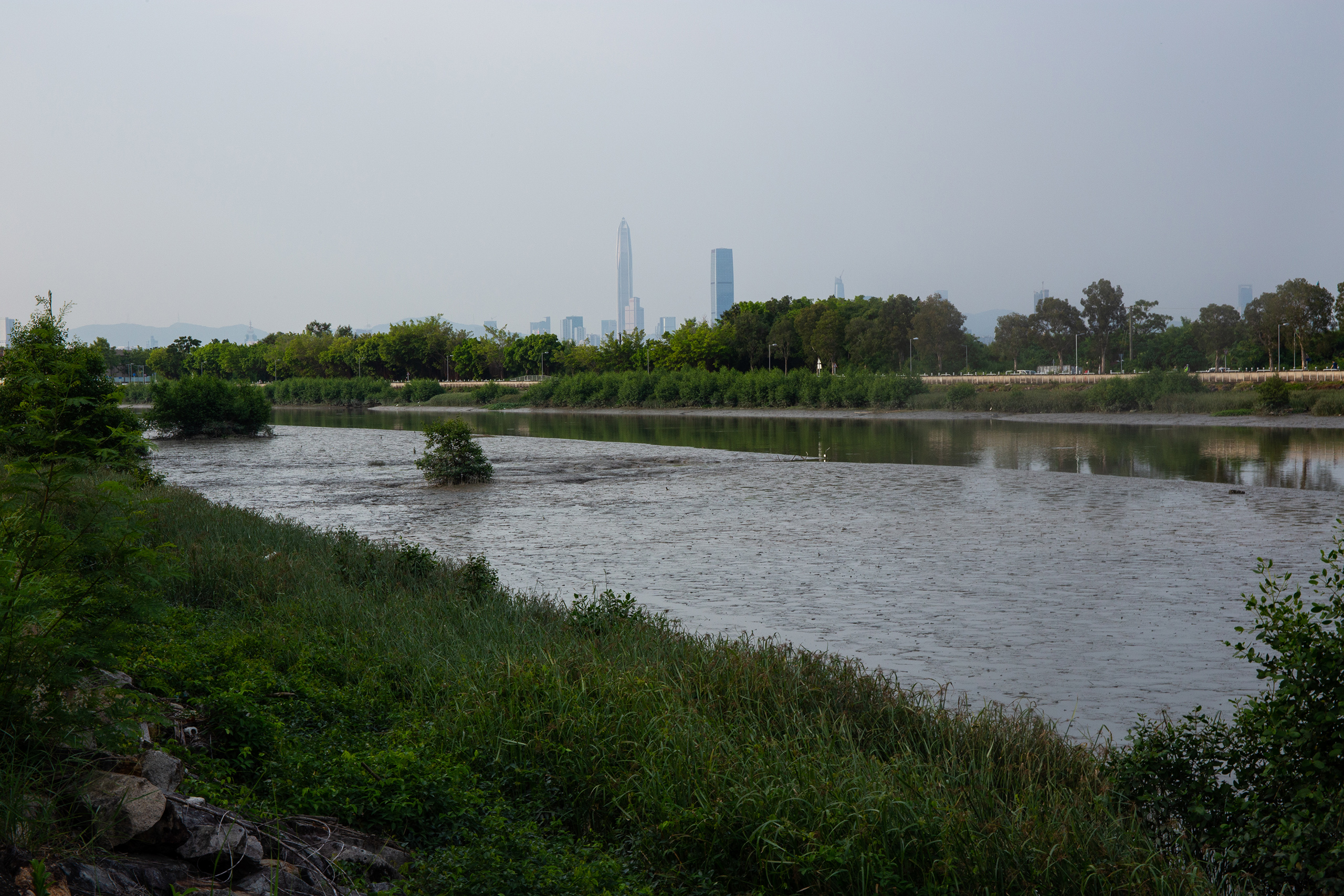
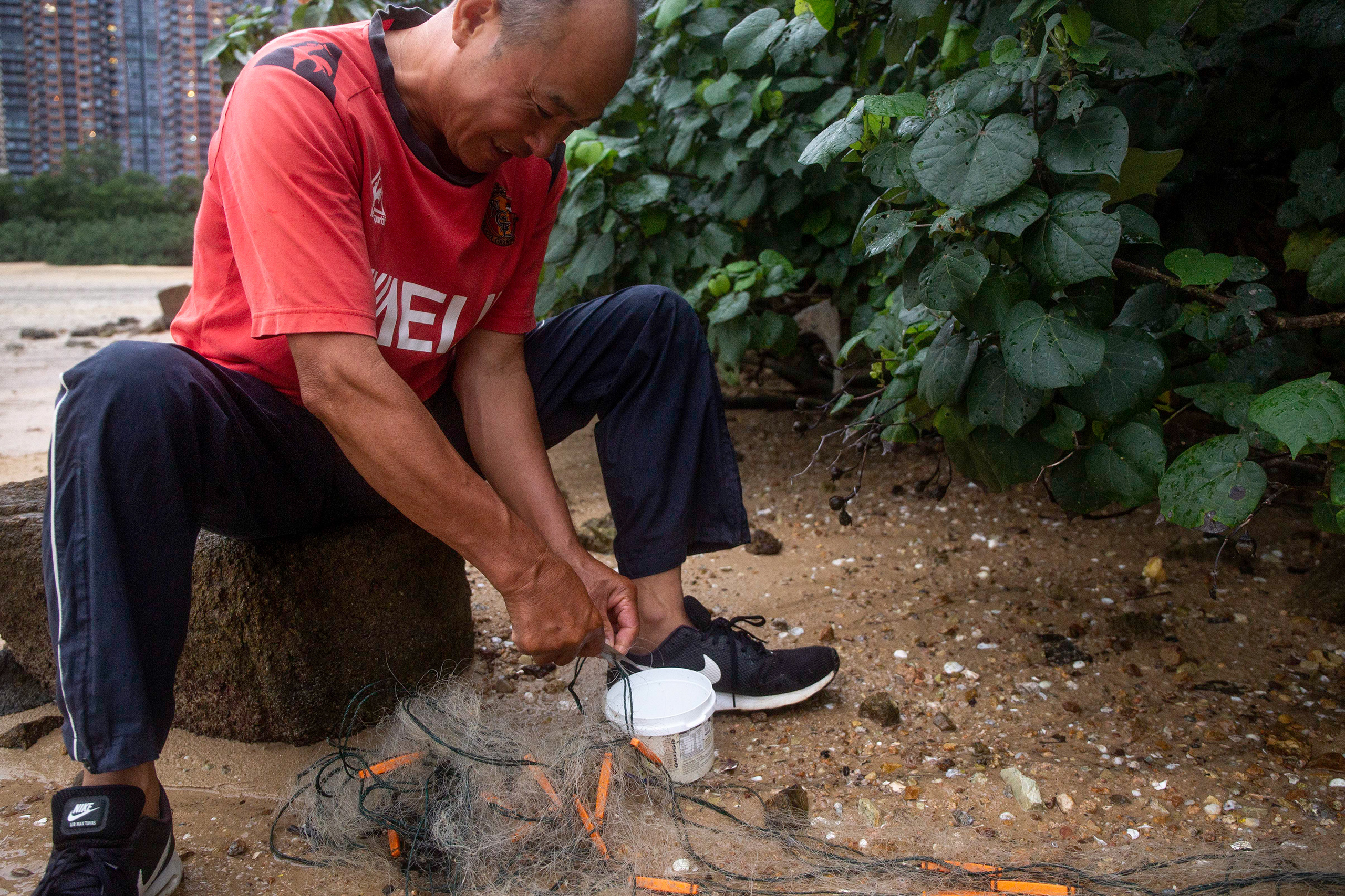

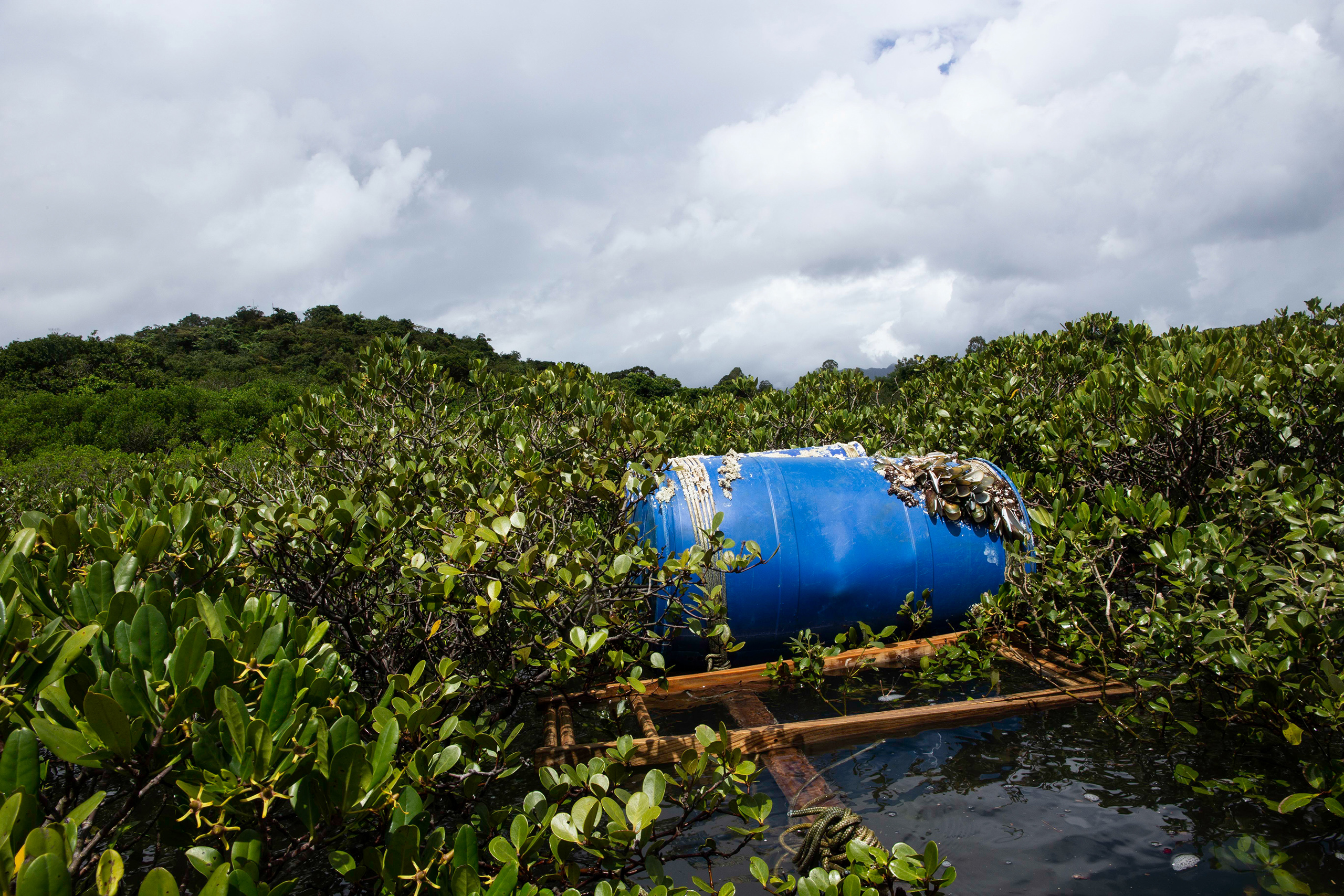
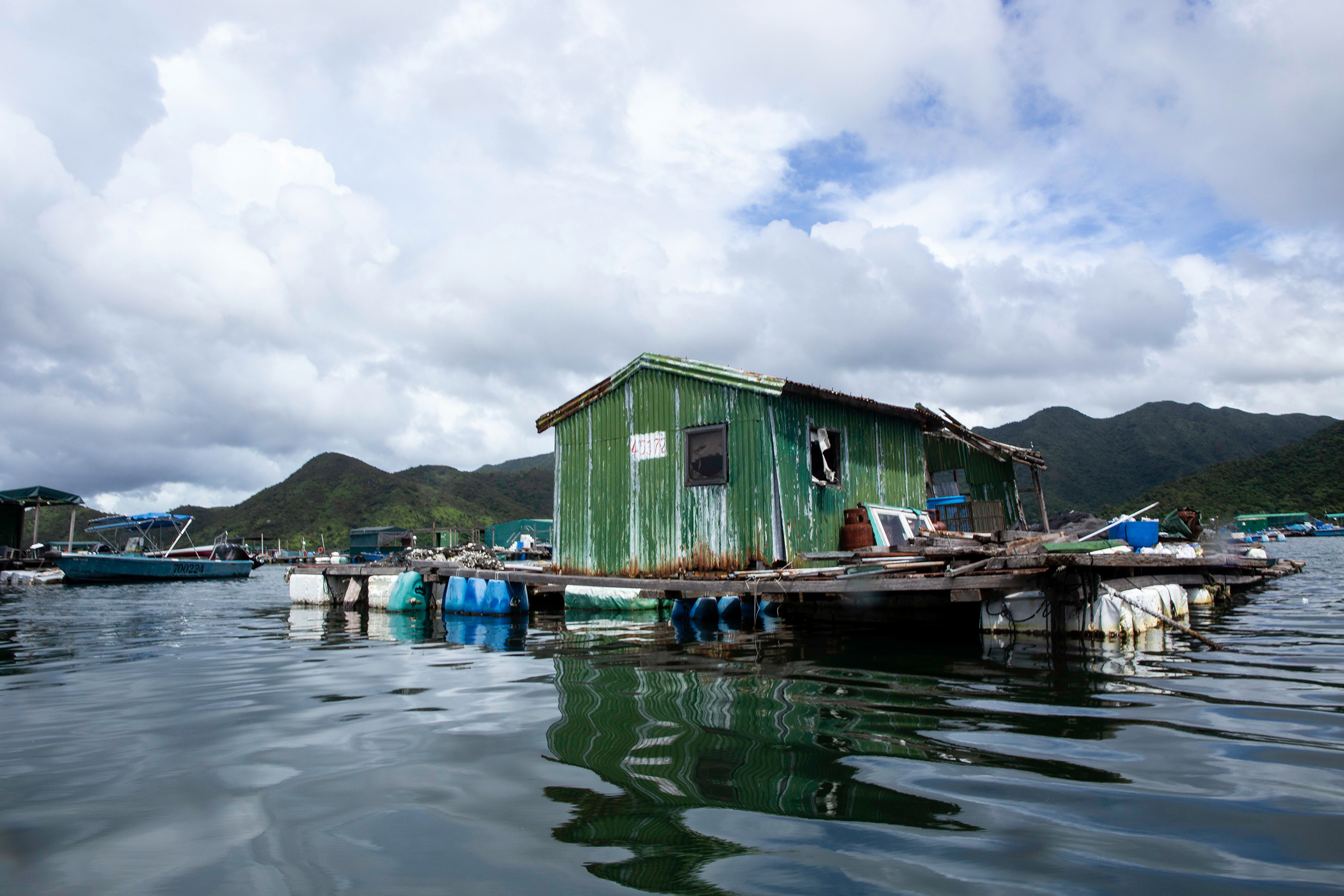
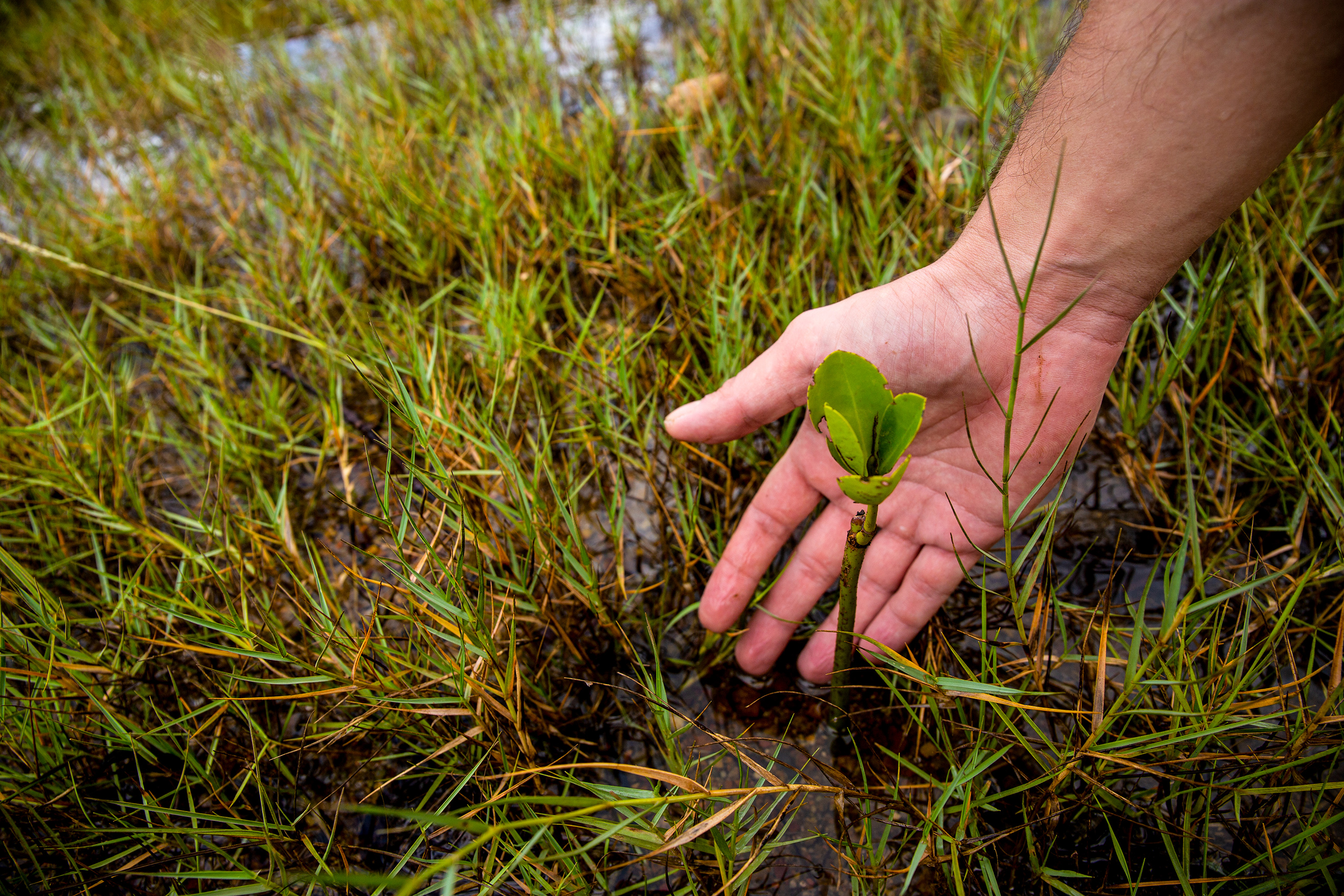
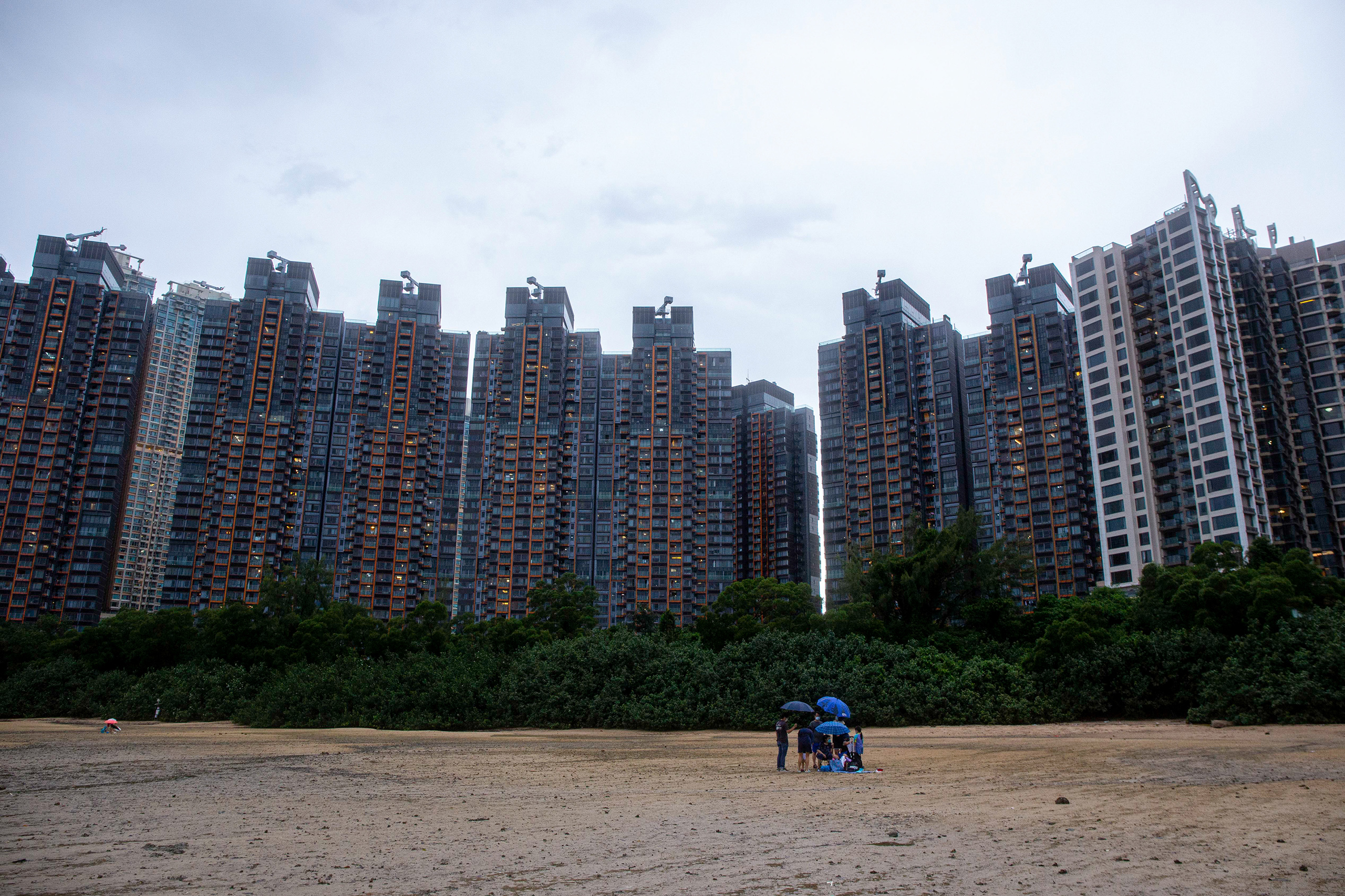
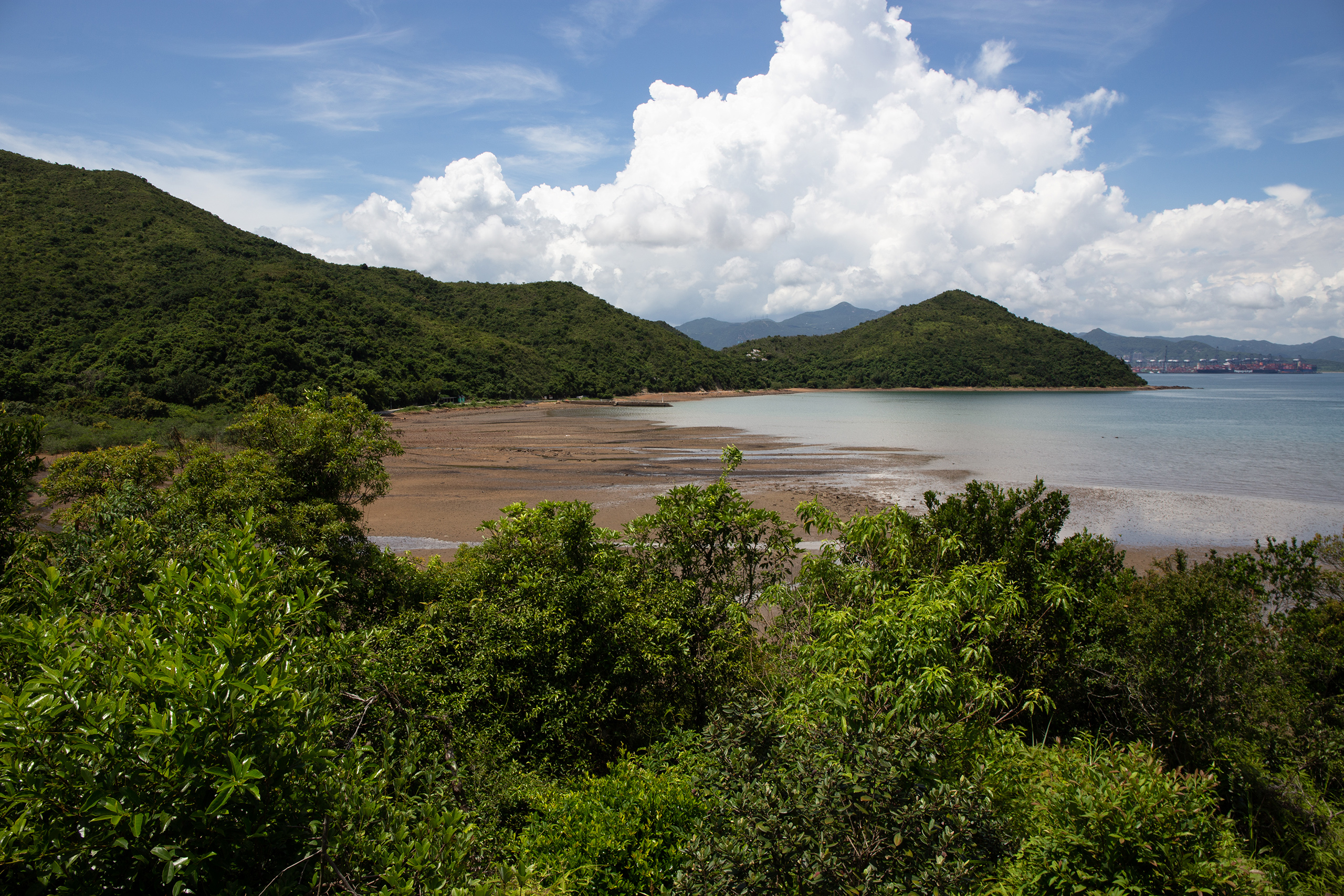
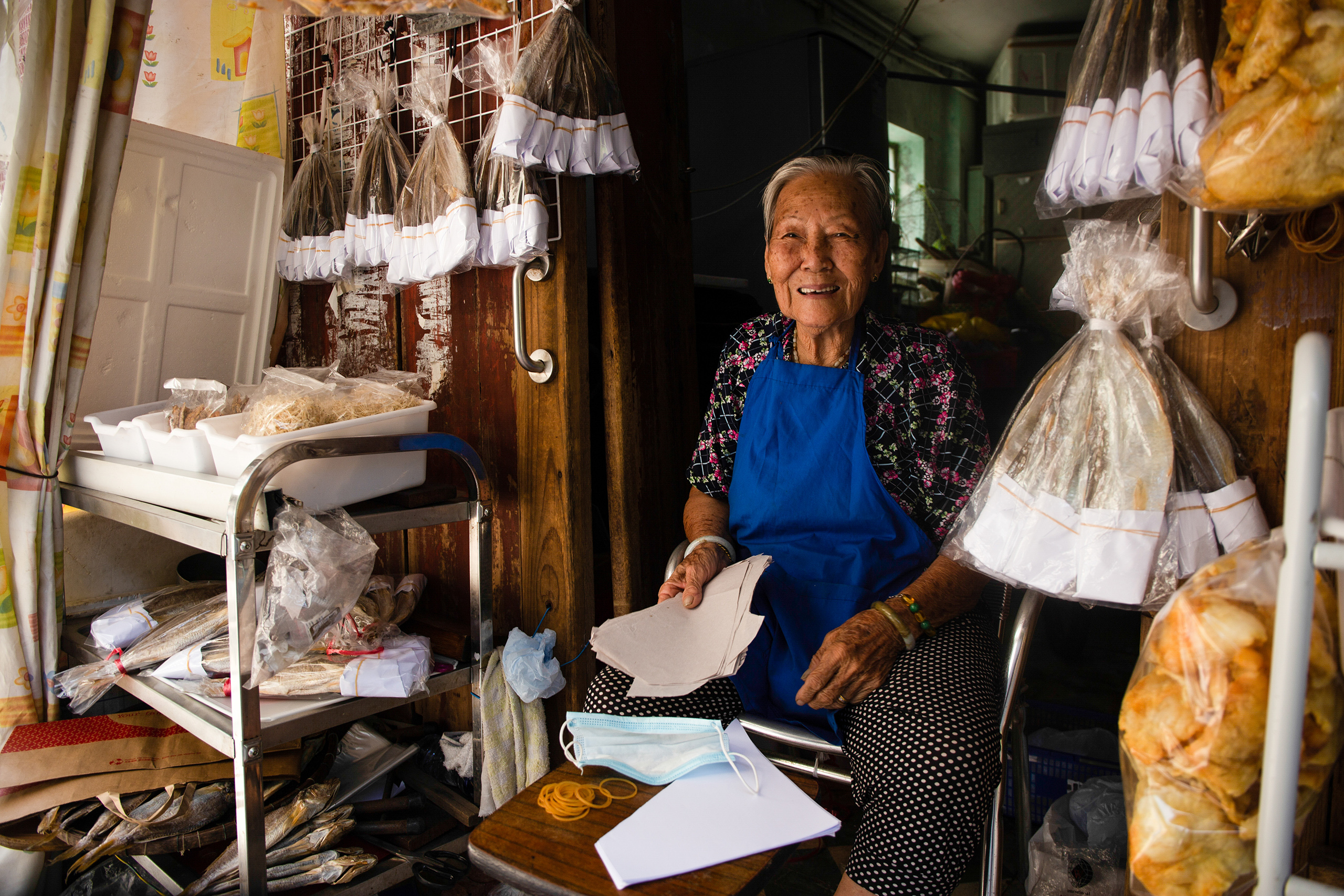
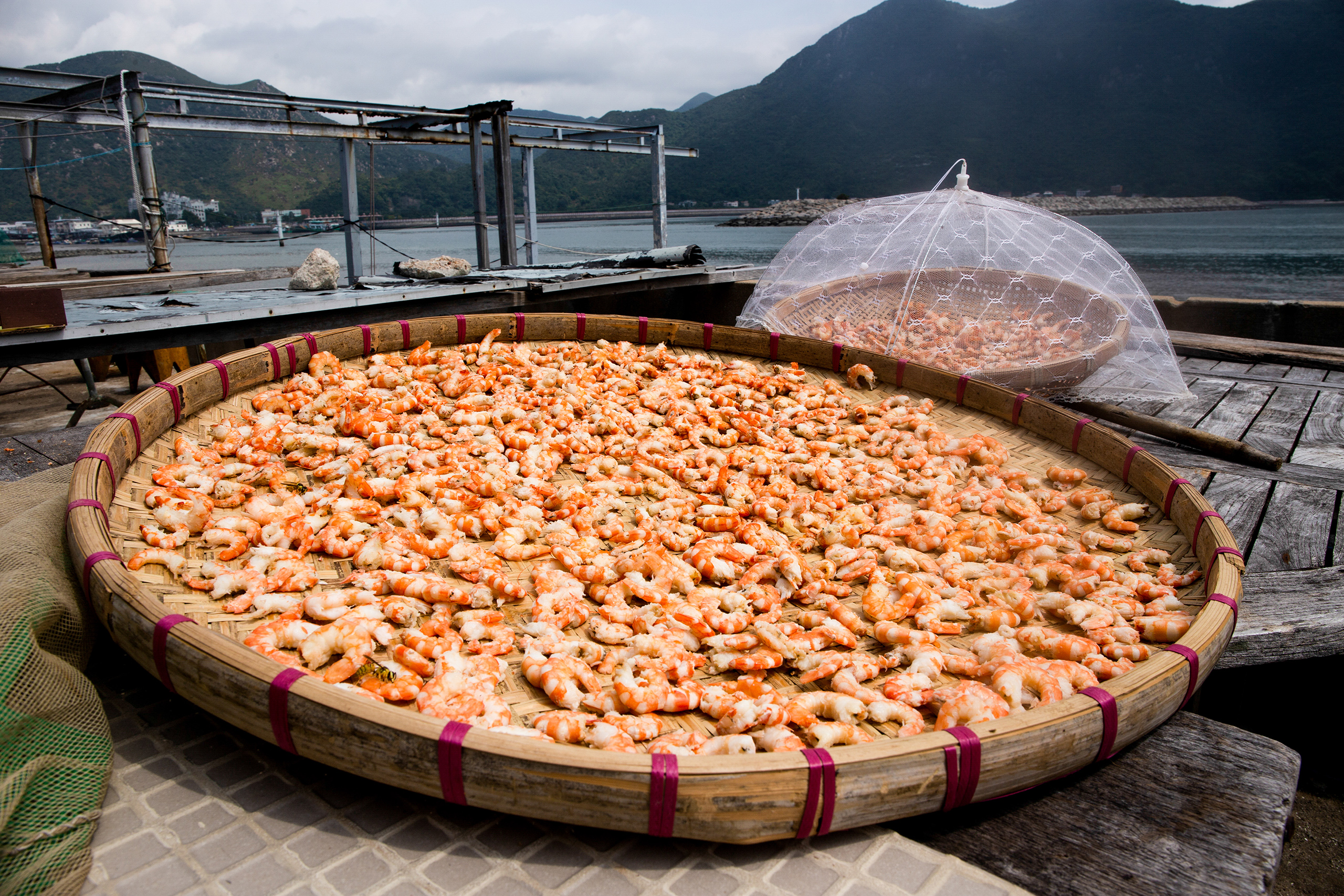

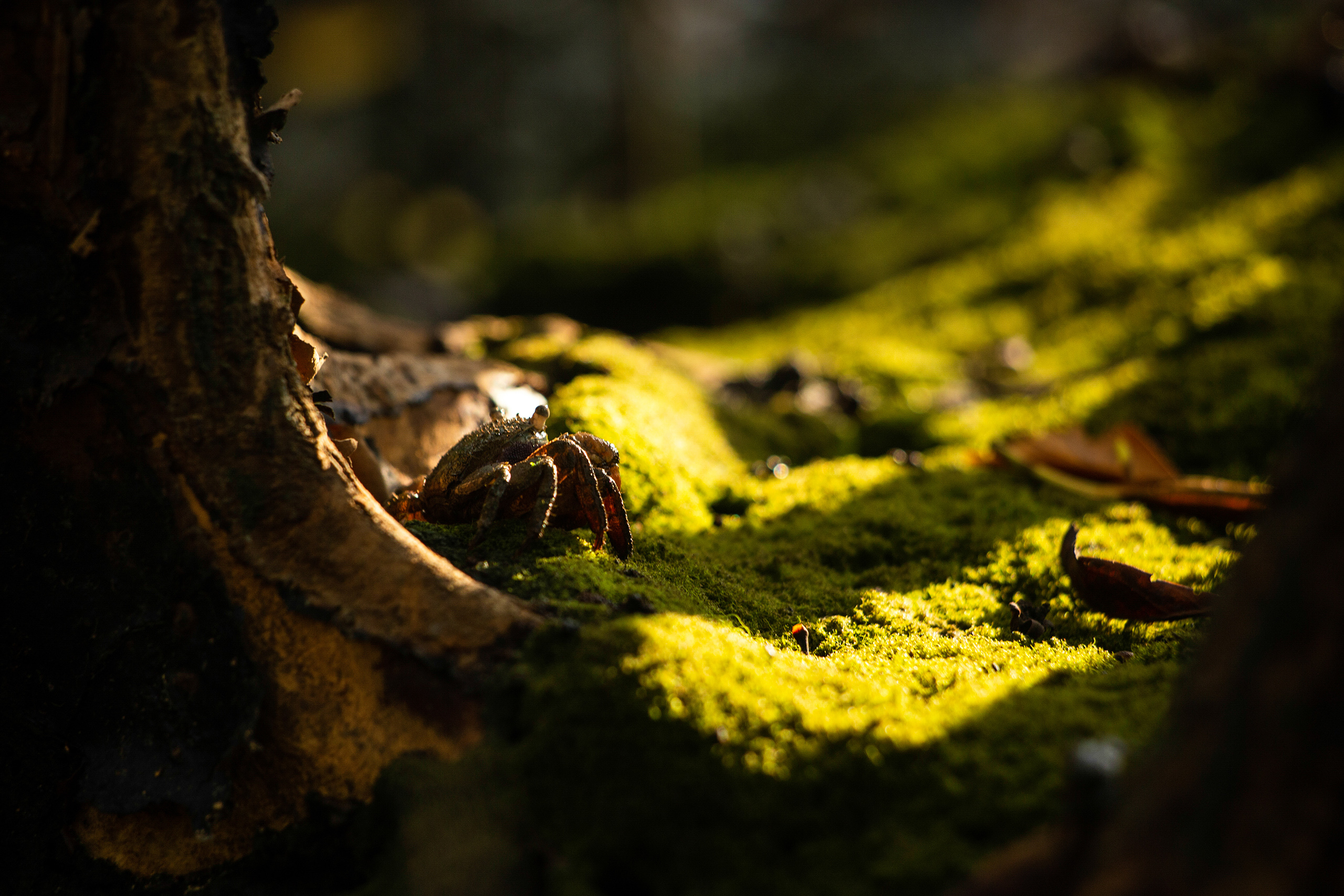
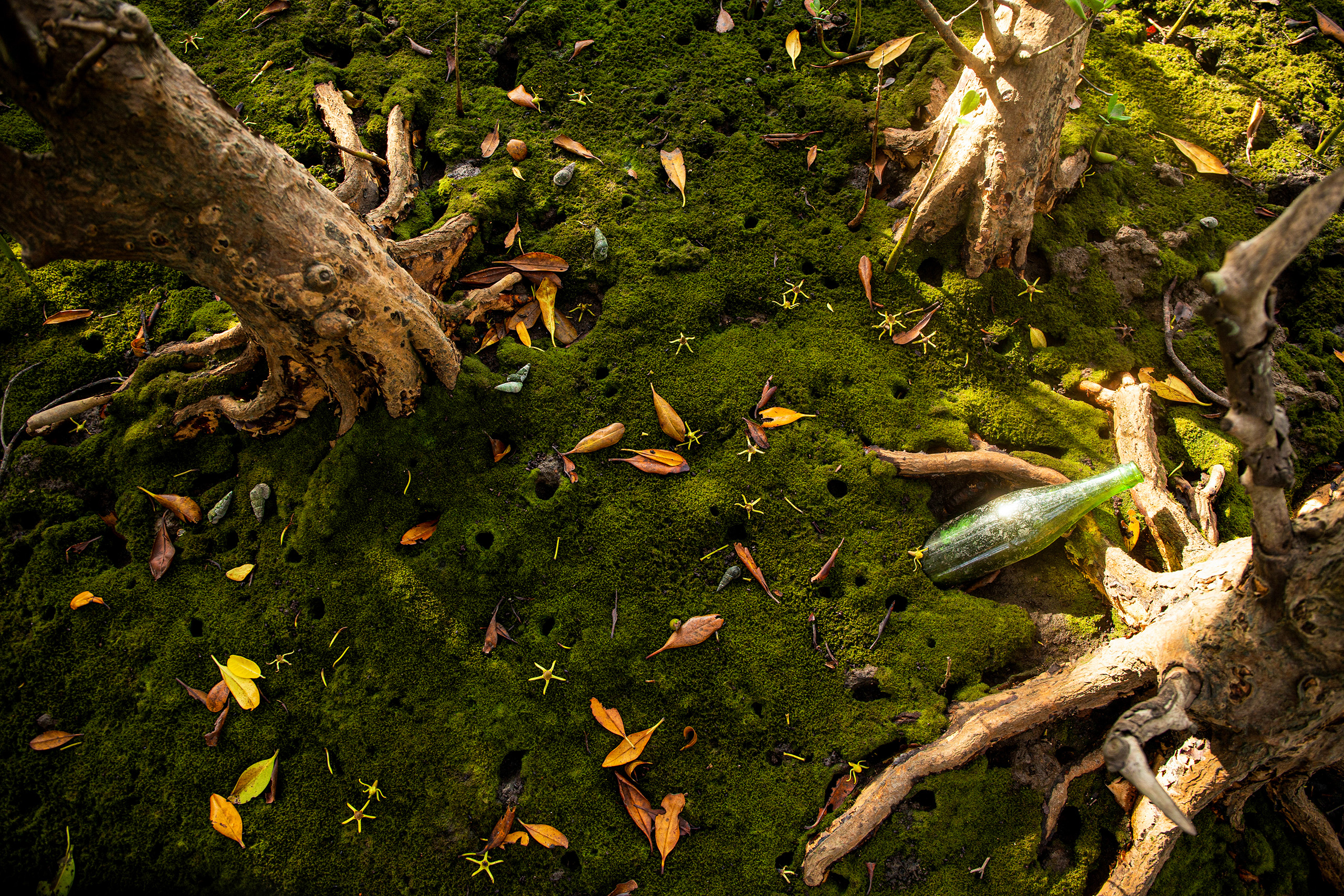
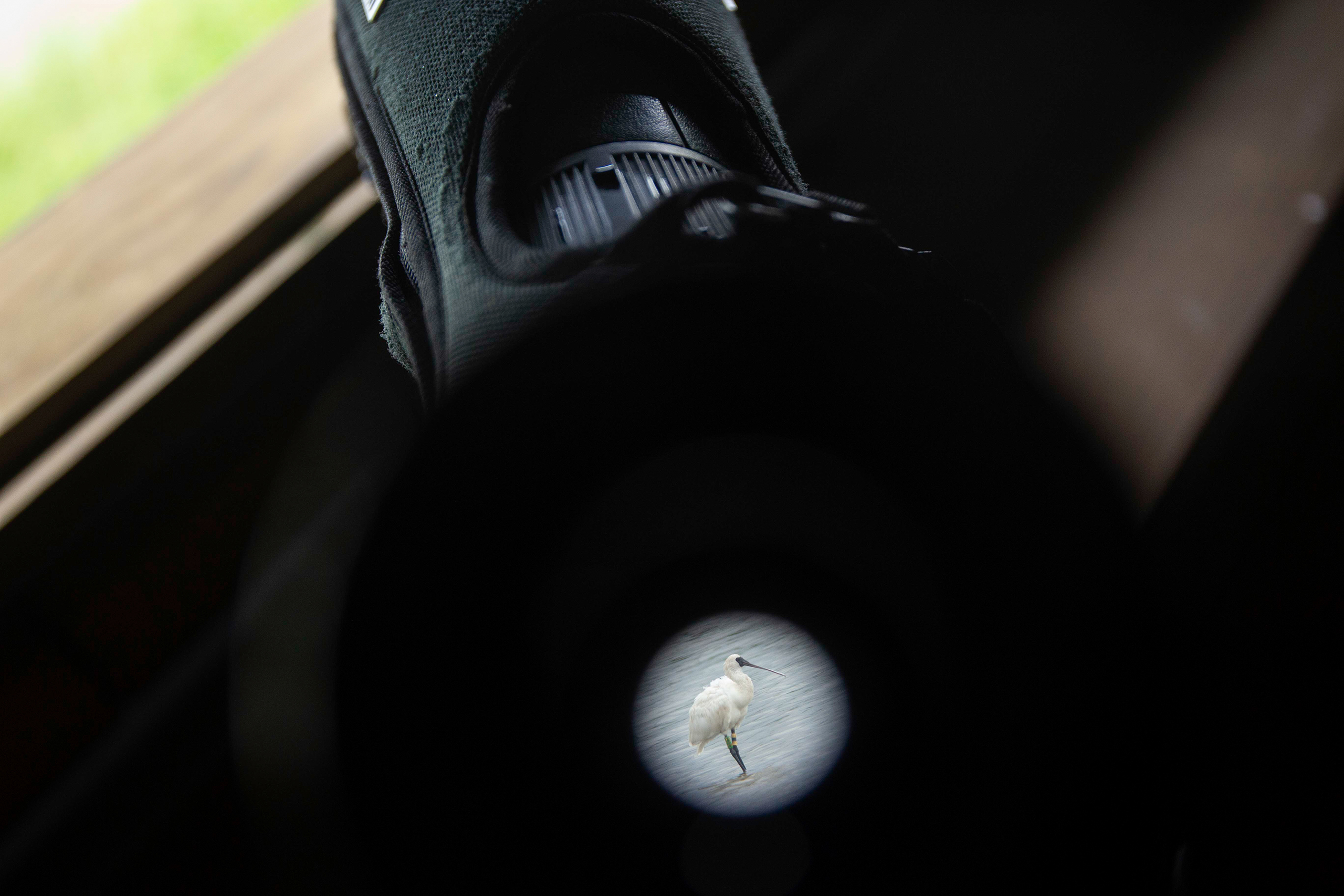

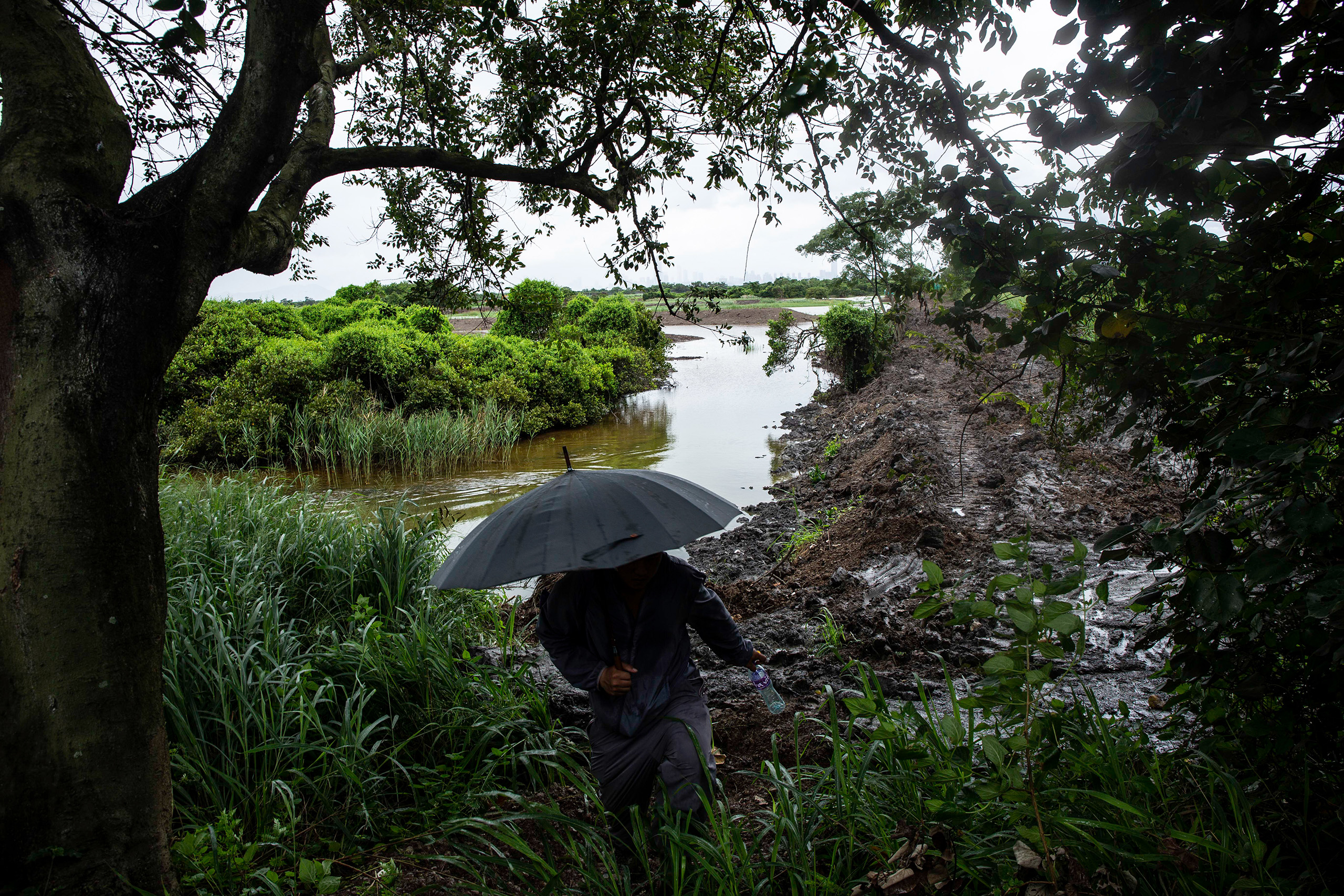
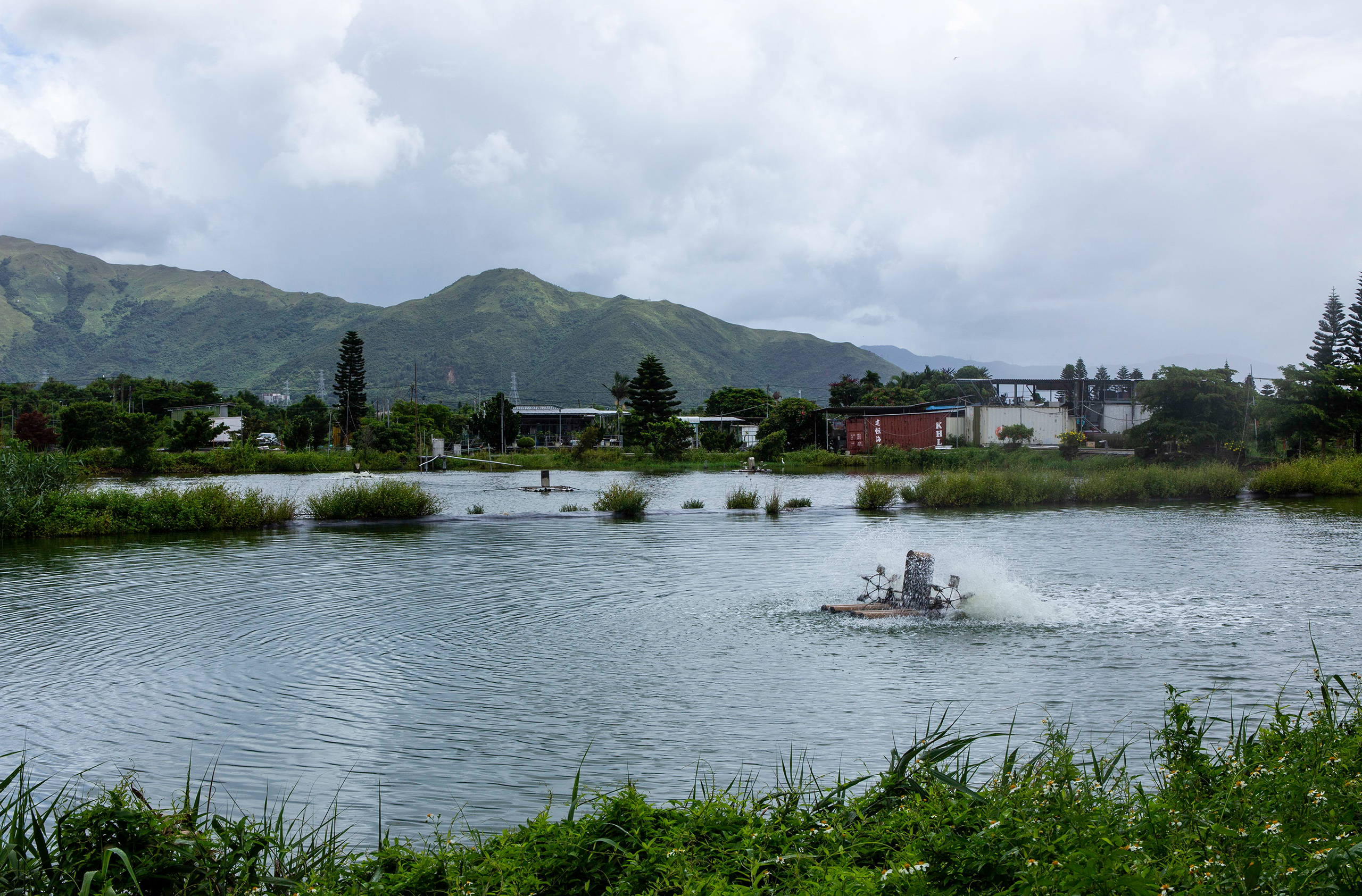
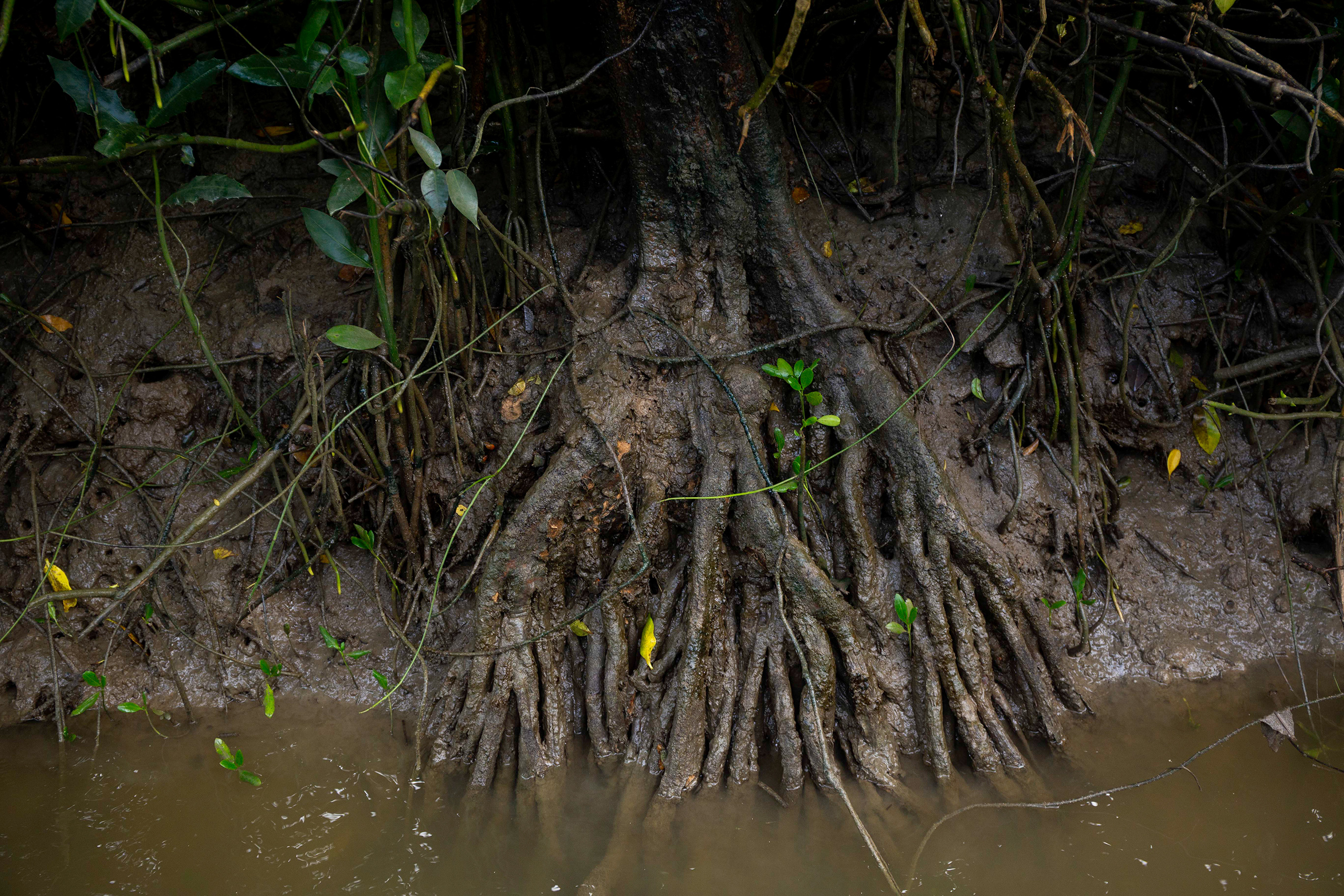
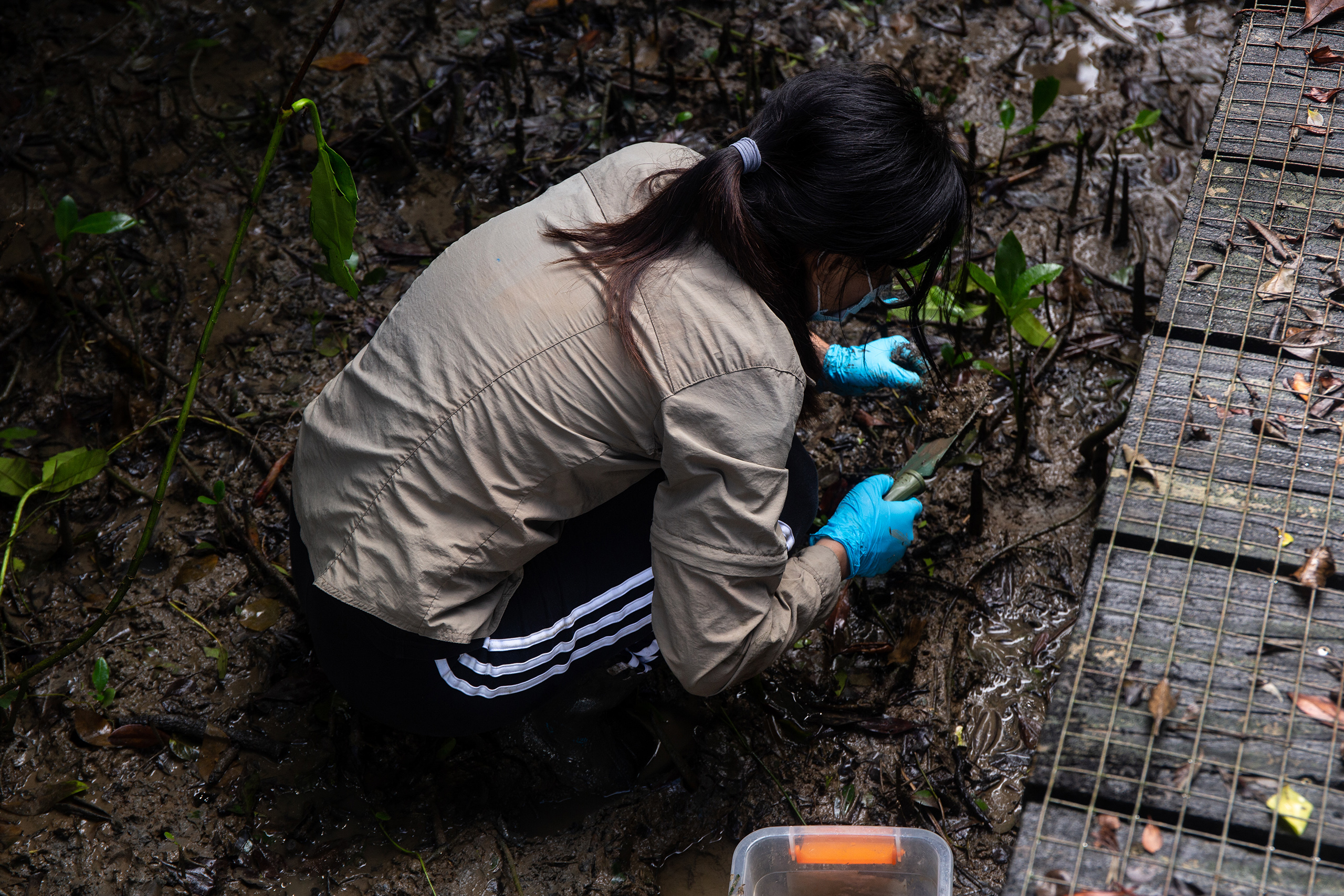

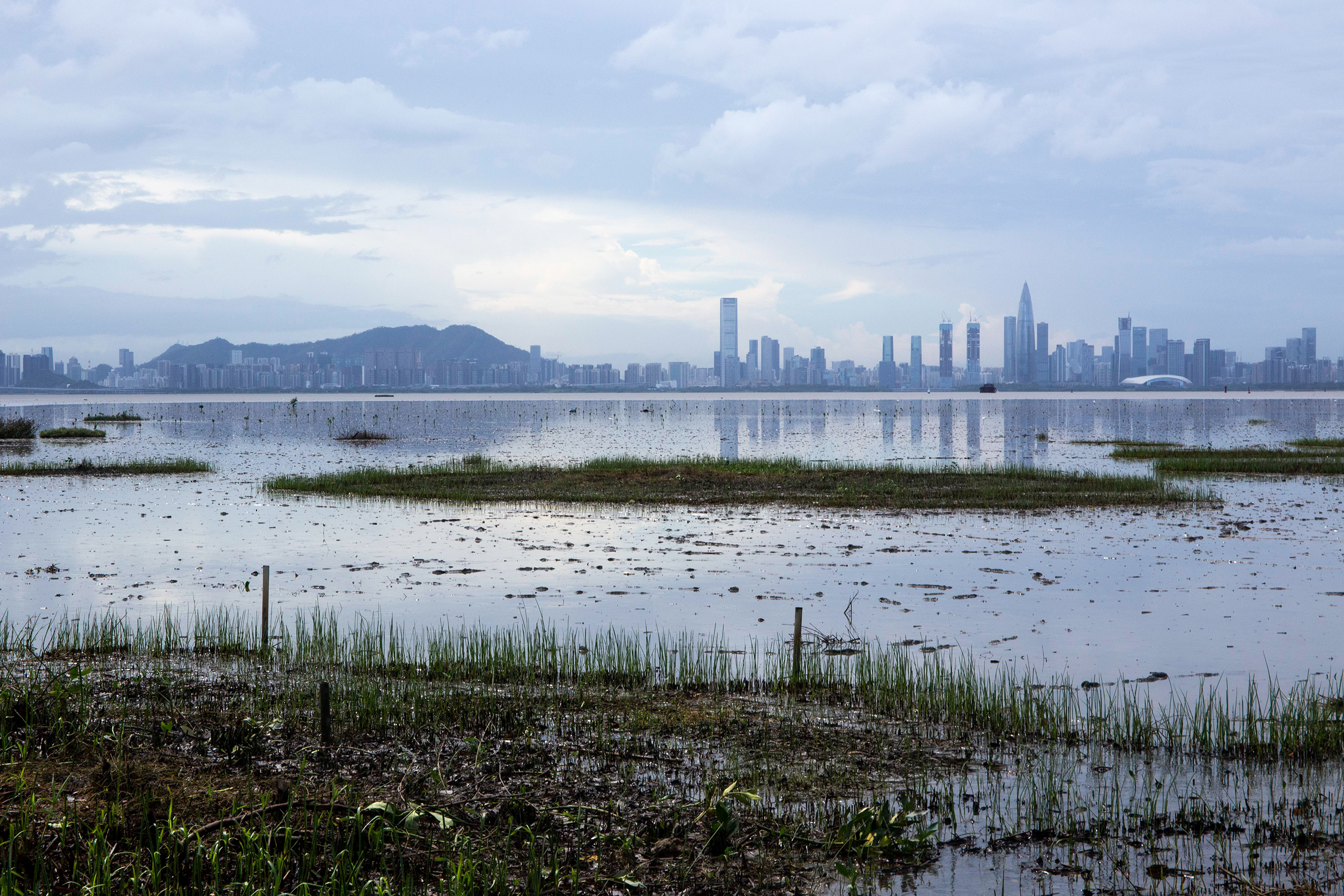

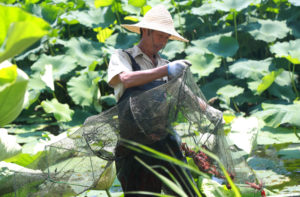


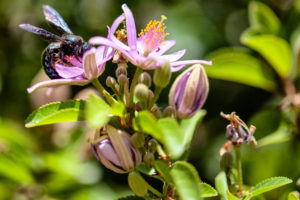
![Kanwar Lake was the largest oxbow lake in Asia, but it has shrunk dramatically [image by: Majid Alam]](https://dialogue.earth/content/uploads/2020/10/Kanwar_7-300x200.jpg)
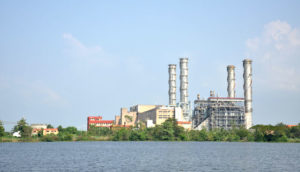

![A snow leopard in Uttarakhand [image by: Sonu Negi]](https://dialogue.earth/content/uploads/2020/10/Featured_image_PIC_credit_Sonu_Negi_1-300x200.jpg)